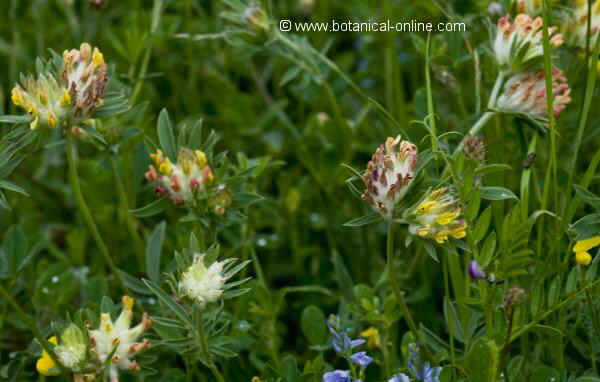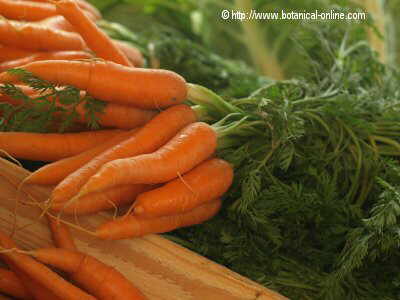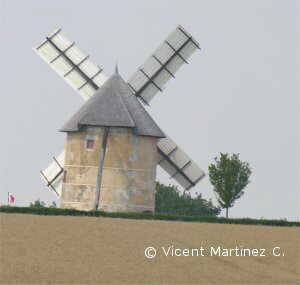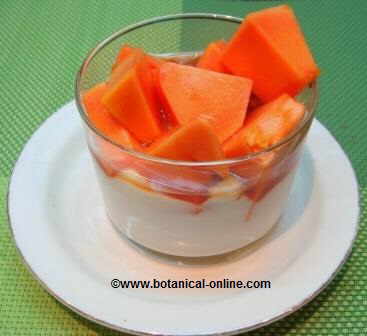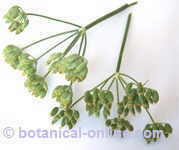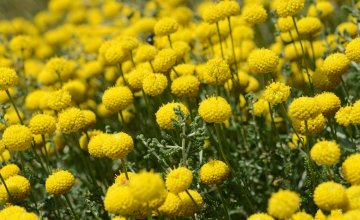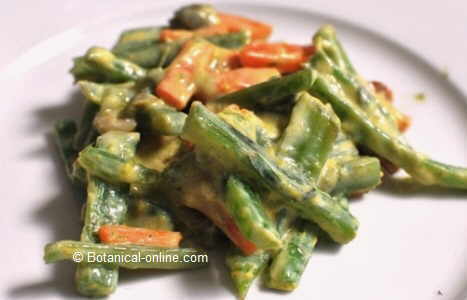Contents
What is glycyrrhizin good for?
What is glycyrrhizin?
Licorice is a plant whose medicinal uses are very varied and it is widely used in phytotherapy at the moment. Either its dry root in homemade preparations or the entire series of normalized products, that can be sold in diverse ways (capsules, pills, tablets, tinctures, creams, etc.), can be found in pharmacies or herbalists.
All they employ the root of this plant to extract the main component which is called glycyrrhizin or glycyrrhizinic acid. This component has been traditionally elaborated from the three year-old roots that have not still produced fruit. They are usually pick up during October and November.
How is glycyrrhizin produced?
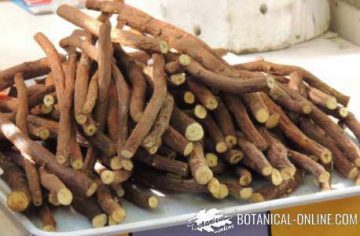
The process traditionally consisted on grinding the roots and making them boil in a slow fire in copper boilers constantly removing until a consistent pasta was made. In recent times modern machines carry out the process in steam containers.
In the composition of the licorice other sweeteners are used to hide its natural bitterness. As glycyrrhizin presents certain incompatibilities and a possible toxicity, as we will see later, normalized products of licorice are sold without this component, which is called Deglycyrrhizinated Licorice (DGL) that means in English licorice without glycyrrhizin. It has some different properties to the complete variety. (More information about licorice toxicity in the listing below)
Besides normalized preparations of licorice, its dry root is also used to carry out decoctions and tinctures accomplished with the dry root macerated in some 45 º alcoholic drink during 15 days. The advantage of the root is that, once collected and washed appropriately, it can be preserved perfectly until we decide to carry out a preparation.
Industrial uses of glycyrrhizin
Given the power of the licorice as a sweetener, it is habitually used in food and drinks, overcoming the power of other sweeteners. Equally it is used in the industry of the tobacco to improve the flavor of the cigarettes.
![]() More information on medicinal properties of glycyrrhizin
More information on medicinal properties of glycyrrhizin

